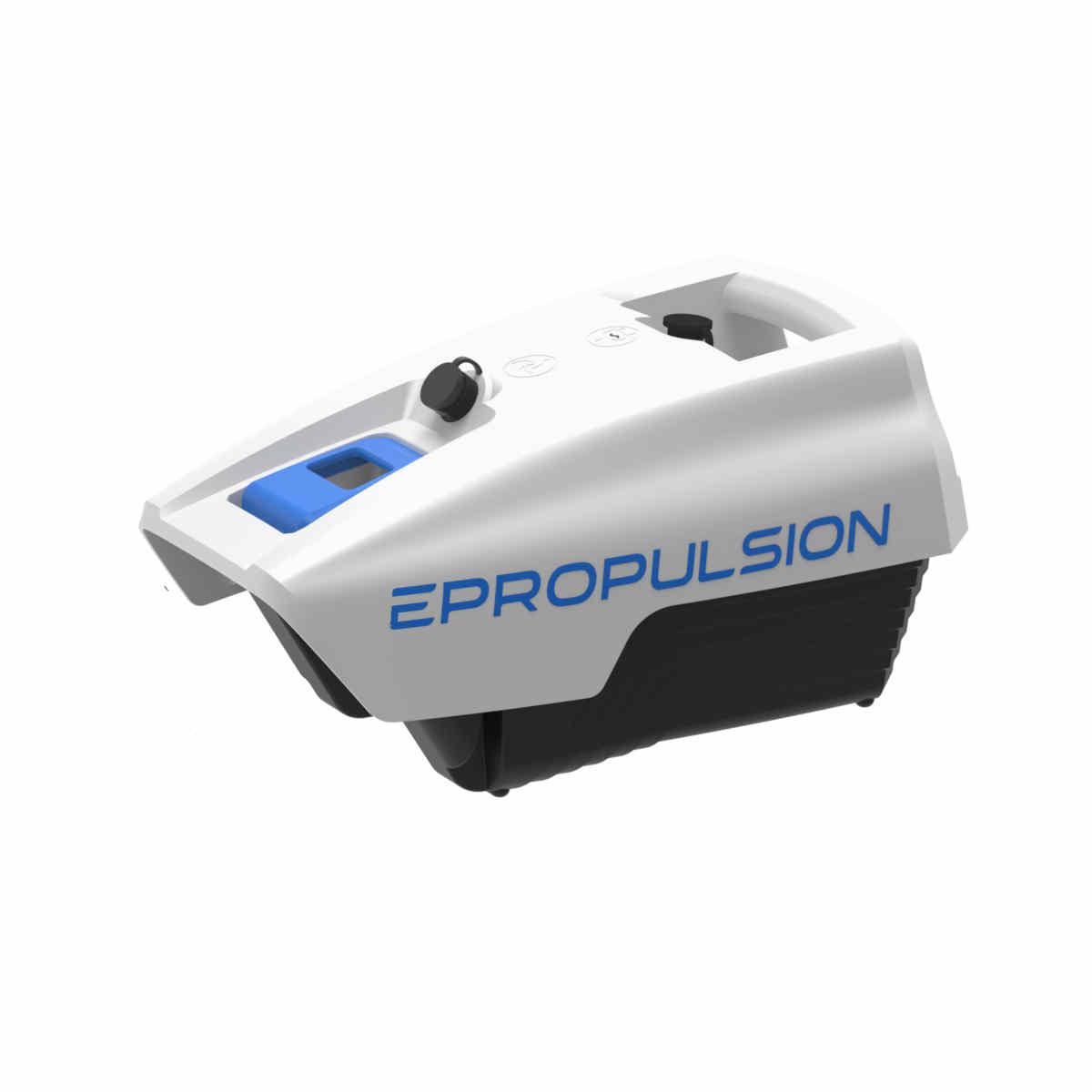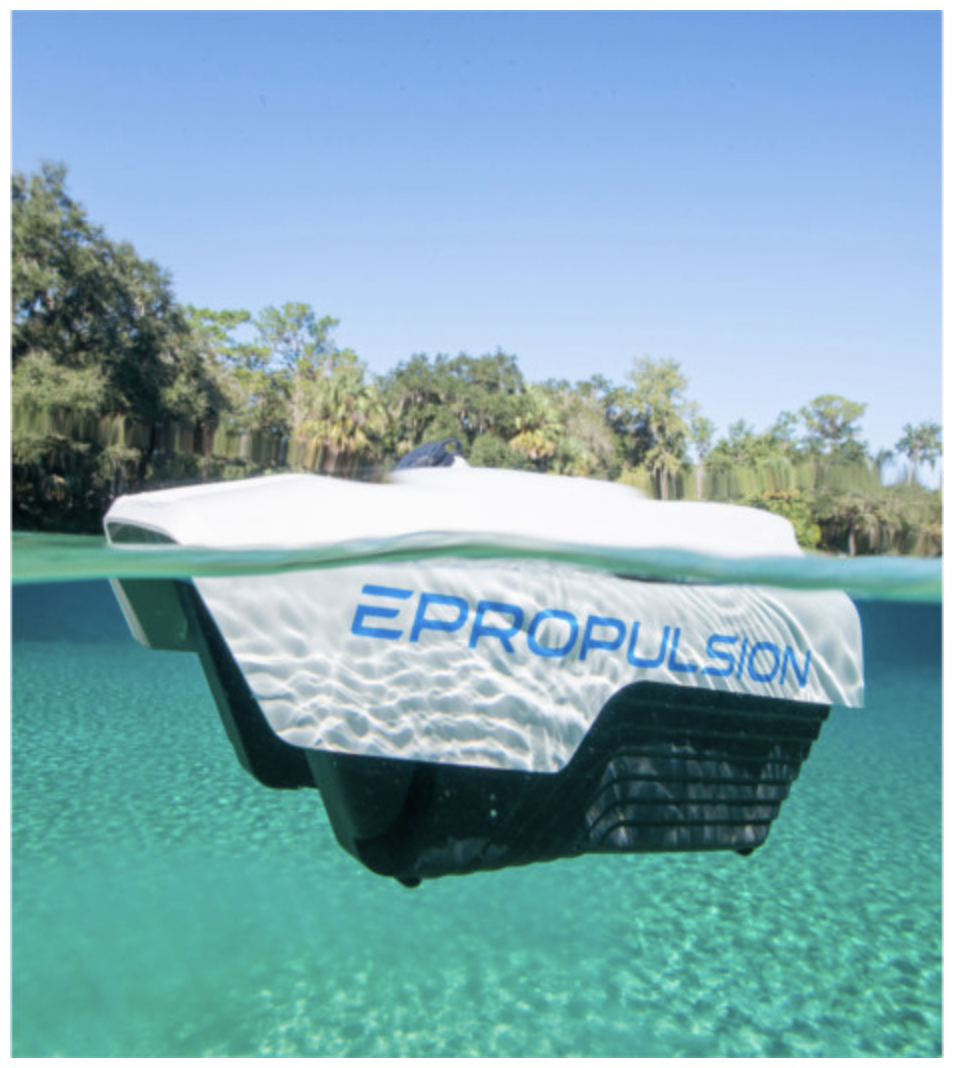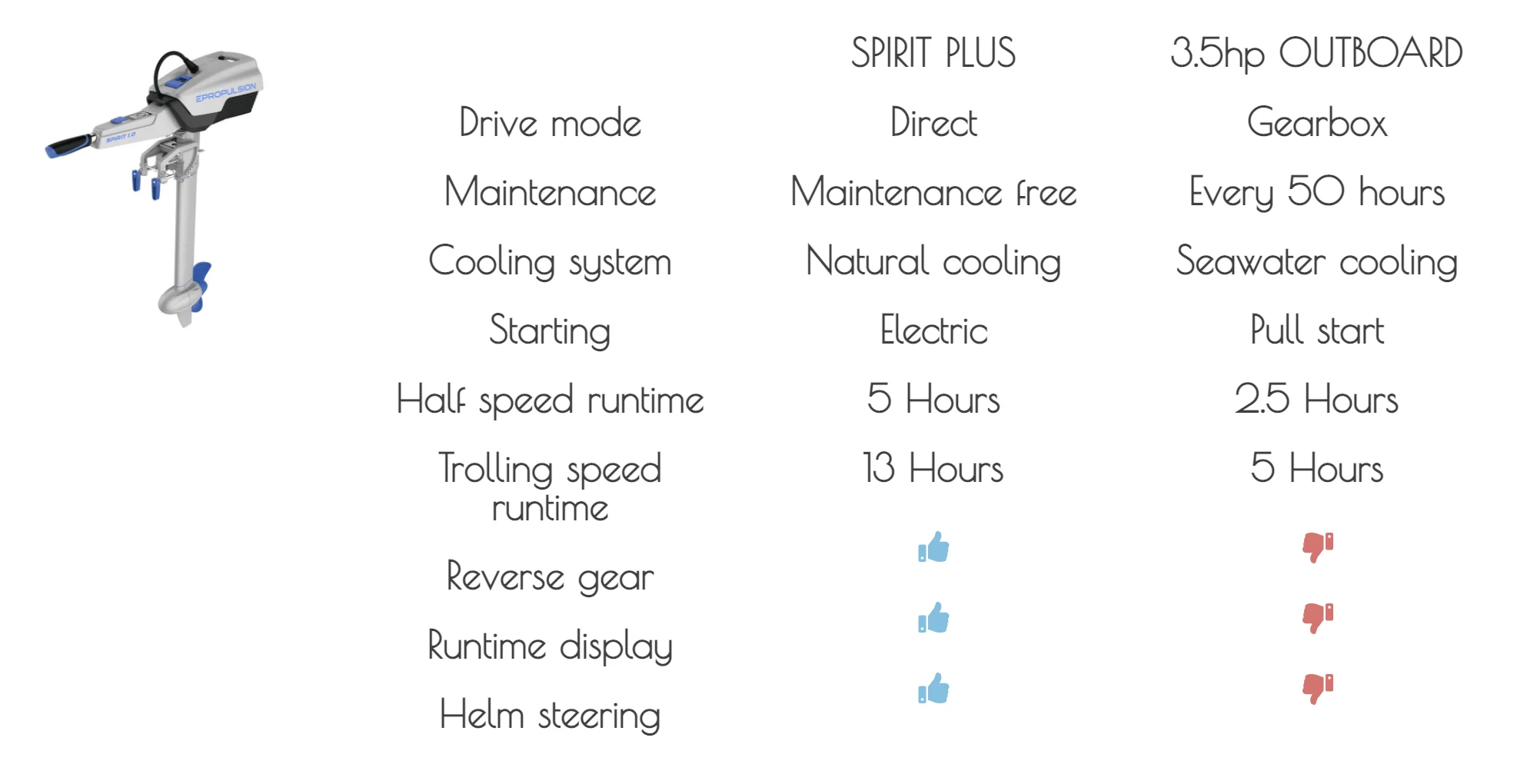
One of the things you need when sailing a boat, is a smaller boat to get you to and from shore. Yes, you can just take your big sailboat into a marina and pay £20-£50 a day for the privilege (ok, so the South Coast is more expensive than the North).
The tender is your car, for all intents and purposes. It is the vehicle you use most often to get to the beach, to go shopping, go visit neighbours and more. Traditionally your tender has been powered either by human muscle (oars) or a small petrol-driven outboard (either 2-stroke or 4-stroke). In today’s greener world though, there are other options worth considering. Electric powered engines are really beginning to hold their own, and whilst still more expensive than petrol, they are coming down in price and becoming more and more affordable.
I recently started a thread on one of the Facebook sailing forums asking for input from the veteran members as to whether or not I should buy an electric outboard or go for a (used) petrol engine. The feedback I received was both insightful and also somewhat surprising.

One of the biggest comments was about re-charging your batteries. With a petrol outboard, you just stick a few litres of petrol in a can, pull the chord and off you go. With an electric engine, you have to consider the fact that if the battery is flat, you need to wait up to 12 hours to recharge it on your boat – and then you may only get 1-hours of usage out of it (less if you run it at full power). Batteries (like the one pictured above) aren’t cheap. The ePropulsion Spirit Battery costs £800 to buy, not to mention the £1,650 for the motor itself. Tests I’ve seen so far seem to confirm the 6-8 hour usage scenario from a single charge, but also show a full charge taking closer to 24 hours than 8 hours as advertised (when charged from 12 volt DC systems, which is the norm here).

It floats (which is good) and is waterproof (essential) but takes 8.5 hours to charge, which means you probably need to keep at least one in reserve on charge at all times, and possibly carry a spare fully charged one on your boat.
When you’re living off the hook, you have to consider every amp-hour of battery usage on your boat, and turning the engine on to recharge the house batteries is less than optimal. You can install solar power, but you’re likely to only get 30-40 amps of charge out of a 600W solar array in a 24 hour period, and space is at a premium so you may not even be able to host 600W of panels.
So, considering how green everyone is generally in the sailing community, I was somewhat surprised to find that the general consensus was to get a 4-stroke engine and continue to use that for as long as possible.
The downsides of petrol engines are reliability and weight. 2-stroke engines are generally just not reliable enough and 4-stroke engines are heavy.
Biofuel
What makes this whole process harder is the UK Government’s recent switch to E10 fuel. Not all (old) outboard engines will run on E10, and whilst E5 will remain in circulation for some time to come, it is going to become more and more expensive (I recently paid £1.52/litre for E5 at a forecourt) as supplies are wound down.
There were the usual debates about the damage to the environment caused by the manufacture of solar panels and lithium-ion (LiFePO4) batteries, etc.
The manufacturer of ePropulsion engines boasts some interesting usage figures compared to a petrol outboard, the question is though will this new generation of electric outboard actually convince people to switch?
One of the problems with using ethanol based fuels is that ethanol attracts water, making it particularly unsuitable for marine use as the water can reach the carburettor and reduce performance and increase fuel consumption.
Repairability
One of the issues that I have noticed reading reviews of the ePropulsion outboard is that it seems to be, like an iPhone, designed so that there is 0 maintenance and 0 repairability. Owners have reported issues with broken battery cases when they dropped the battery onto a wooden deck from a foot or so above and the case cracked, when they contacted the manufacturer for spares/repairs they were simply told to buy a new battery – and in fact a new engine too as there was a newer version out. The ePropulsion motor comes with a 2 year warranty, and nothing much more after that – is that planned obsolescence?
Compare this to a 2-stroke or a 4-stroke engine which, although requiring annual maintenance, is infinitely more repairable and petrol engines have been known to run for 10-20 years without needing to be replaced or being “obsolete”.
Conclusion
It seems the steamroller switch to electric is inevitable, and no matter what the option the costs (to the environment as well as my pocket) are likely to be steep, but in the short term I think I may well stick with a used, 10 year old, outboard and deal with the hassles of maintenance for the next 5+ years while I wait for the electric outboard engines to become considerably more mainstream, or be replaced with hydrogen-powered engines instead!

